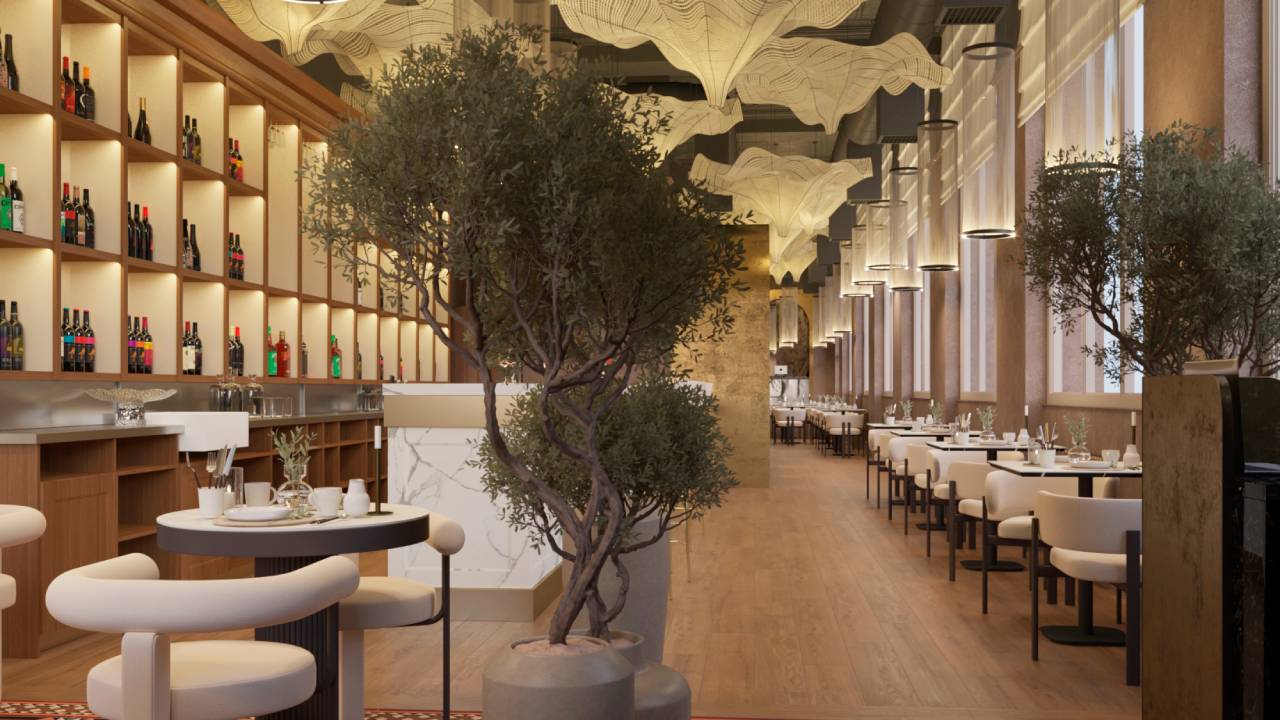
Chamberlains of London – Scotland’s Fine Dining Surge marks a pivotal moment in the nation’s hospitality scene. Fine dining is no longer reserved for locals alone. Culinary travelers increasingly choose Scotland for elevated food experiences. Michelin-starred restaurants headline this booming trend. Global interest continues to rise.
Search data shows a 58% increase for Michelin-star experiences in Scotland. This marks one of the highest culinary interest spikes in Europe. Food enthusiasts search for top-tier menus and exclusive dining. Edinburgh has become a magnet for gastronomic exploration. Newcomer restaurants like Lyla and Avery are trending online. Fine dining is now a tourism driver, not just a local indulgence. Local chefs are also gaining international attention quickly. High ratings and unique approaches spark widespread acclaim. Tables are booked months in advance by eager visitors.
“Read about: Flavor in Motion: Ronny Emborg’s Immersive Journey Through Taste at Atera”
Edinburgh welcomes two new Michelin-starred additions: Lyla and Avery. Their menus highlight seasonal ingredients and innovative techniques. Chefs behind these spots are praised for artistic execution. Scottish seafood and game dominate many tasting menus. Each dish showcases bold creativity and local pride. Lyla blends Nordic minimalism with Highland ingredients. Avery introduces global flavors with Scottish twists. International reviewers have visited to write glowing features. Bookings spike after each publication and award reveal.
Scotland’s landscape provides the ingredients that define its cuisine. Wild venison, seaweed, trout, and foraged herbs star in many meals. Chefs work closely with nearby farmers and fishers. Menus change monthly depending on season and supply. Local distilleries also collaborate on unique pairings. Whisky-tasting menus pair spirits with everything from shellfish to desserts. Visitors discover terroir through every plate. Culinary education about Scotland’s ecology often accompanies tasting. Farms and producers benefit directly from increased attention. Restaurant sourcing boosts rural economies through sustainable partnerships.
Almost 20% of long-haul tourists now name food as their main travel reason. This trend is verified through tourism board surveys. Scottish tourism agencies adjust strategy to promote gastronomy. Luxury packages now include multi-course dinners and chef meetups. Food trails map out starred restaurants across regions. Edinburgh, Skye, and Inverness lead in gourmet visitor numbers. Social media is filled with reels of Scottish dining moments. Travel bloggers also spotlight their tasting journeys online. Hashtags like #ScotFoodie and #WhiskyandWild show consistent usage.
“Read more: Reinforcing Justice: The EU’s New Anti-Trafficking Directive Takes Shape”
Culinary tourism drives wider economic benefits across Scotland. Hotels near gourmet destinations report higher occupancy. Luxury transportation services see increased bookings for food-related tours. Local art and gift shops benefit from extra foot traffic. Neighborhood economies thrive on fine dining’s spillover. Restaurant supply chains receive stable, long-term demand. This provides predictability for small producers. The tourism surge has even revitalized some sleepy towns. Fine dining events create seasonal job opportunities. Some rural inns now employ sommeliers and pastry chefs.
Scotland’s modern chefs double as cultural ambassadors. They present history through reimagined recipes. Storytelling enriches the meal beyond taste and texture. Tourists learn about Scotland’s past through creative plating. Indigenous herbs and ancient grains make comebacks. Ancestral techniques are revived in contemporary kitchens. Food becomes a lens into national identity. Kitchens become stages for innovation rooted in place. Awards follow those who take risks with vision. Fine dining becomes cultural performance, not just consumption.
Scotland now stands alongside other global dining destinations. Paris, Copenhagen, and Tokyo once dominated food tourism. Scotland has entered that elite circle in 2025. International publications cover its restaurant scene regularly. Critics name Scotland a “culinary dark horse” turned leader. TV shows now film inside Scottish kitchens for global audiences. Chefs receive global invitations for pop-ups and festivals. Fine dining has globalized Scottish taste without losing authenticity. Diners fly in specifically to taste smoked langoustine and juniper lamb.
This culinary wave inspires future Scottish chefs. Cooking schools report higher enrollments in 2025. Youth see fine dining as viable and visionary. Scholarships now connect rural students to gourmet training. Many young Scots want to preserve local food traditions. Gourmet programs teach not just recipes, but sustainability. Culinary arts shape both economy and ecology. Fine dining leaves a deeper cultural mark than expected. Scotland’s dining revolution rewrites what food tourism can be.